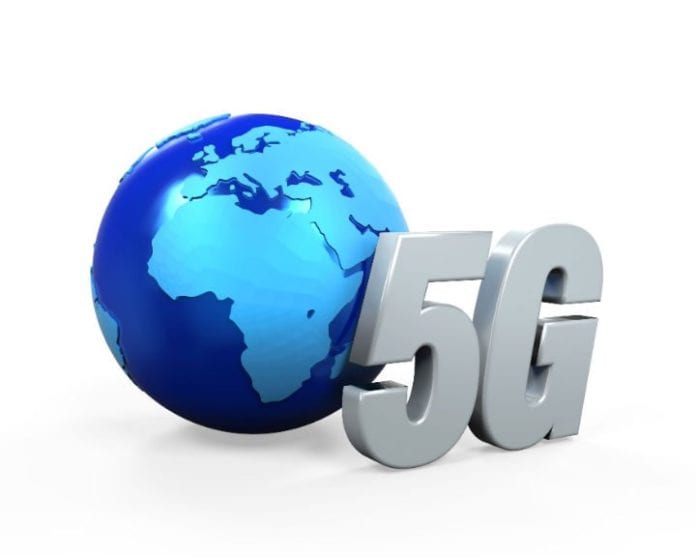“5G” standards are not expected for at least another year, but the companies that will implement these evolving standards are already hard at work testing technologies and participating in the standards setting process. Carriers, vendors and analysts agree the next generation of wireless technology is likely to leverage higher spectrum bands and to use more antennas than today’s cellular networks use.
This summer, a 5G standards working group agreed upon an accelerated plan to create an initial 5G standard based on fixed wireless as soon as next year. Fixed wireless refers to the wireless connection linking two stationary points, for example a cell tower and an office building. Verizon Wireless, a major contributor to the standards group, has already trialled next generation fixed wireless technology near its New Jersey headquarters. AT&T is also predicting fixed wireless will be the initial use case for 5G.
“We do know it’s going to be a highly dense, high throughput, relatively short distance technology, probably initially in fixed wireless and moving later to mobility,” said Al Burke, assistant VP for radio access network hardware and software at AT&T. “The speed, I think, is still a chapter to be written.”
“In terms of peak data rate for 5G they’re talking about basically 100-times faster than 4G,” said Marquis Dorais, fronthaul product line manager at test equipment maker EXFO. “We’re talking about 10 gigabits per second as opposed to 100 megabits per second, and for sure that is shared bandwidth to the users.”
Networks that can deliver 10 Gbps probably cannot be created in a lab, according to James Kimery of National Instruments, which develops software for testing and monitoring wireless networks. Kimery heads up National Instrument’s wireless businesses and for the past six years has led a research group that evaluates next-generation wireless technologies. Kimery said the U.S. government is preparing to designate four test beds for evolving wireless technologies, and that these test beds will be real-world environments rather than laboratories.
“If you’re trying to model a million devices on a network or 10 gigabits a second or more data rates along with low latency, those are really challenging problems and I don’t think that can be accurately described with a model,” said Kimery, who expects the White House to name four U.S. cities as wireless network test beds by early next year.
The federal government is also investing in 5G by opening up new spectrum bands for 5G. Earlier this year the agency proposed to make the 28 GHz, 37 GHz and 39 GHz bands available for “microwave flexible use service” and also opened up unlicensed bands between 64 GHz and 71 GHz.
Verizon Wireless is using the 28 GHz band for its fixed wireless trials in New Jersey. The company gained access to more than 100 licenses in the band as part of its purchase of XO Communications.
“Verizon made a pretty big splash with the acquisition of XO, really essentially buying optionality on spectrum to … potentially leverage for 5G and millimeter wave,” said analyst Aaron Blazar of Atlantic-ACM. “If the 5G standard and the network requirements involve that very, very high band you will see more interest in that.”
Blazar described the millimeter wave spectrum as “the forgotten bands,” saying previous efforts to deploy wireless services using those bands have been disappointing. Now, he thinks the millimeter wave bands may become more valuable if carriers can use them for wireless backhaul. Blazar expects that service from the cell site to the end user will continue to use lower band spectrum, even in 5G networks.
For more on the 5G future, see our recent tower technology report and webinar.
Follow me on Twitter.

5G future: carrier, vendor and analyst perspectives
ABOUT AUTHOR
